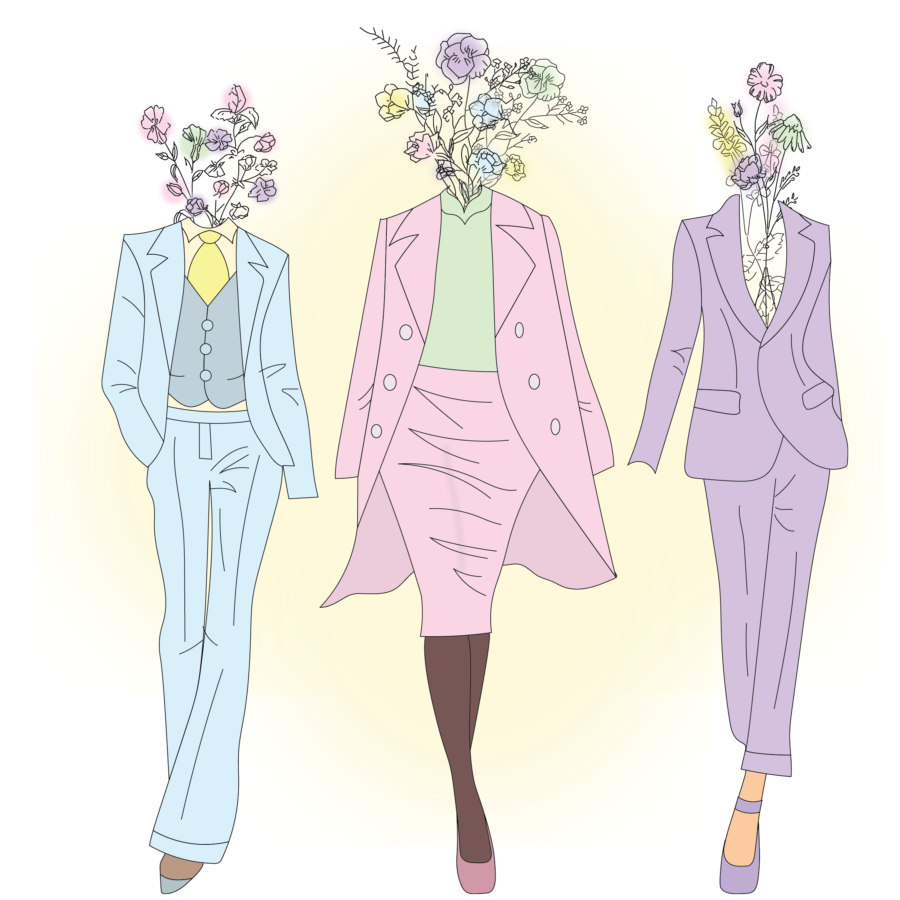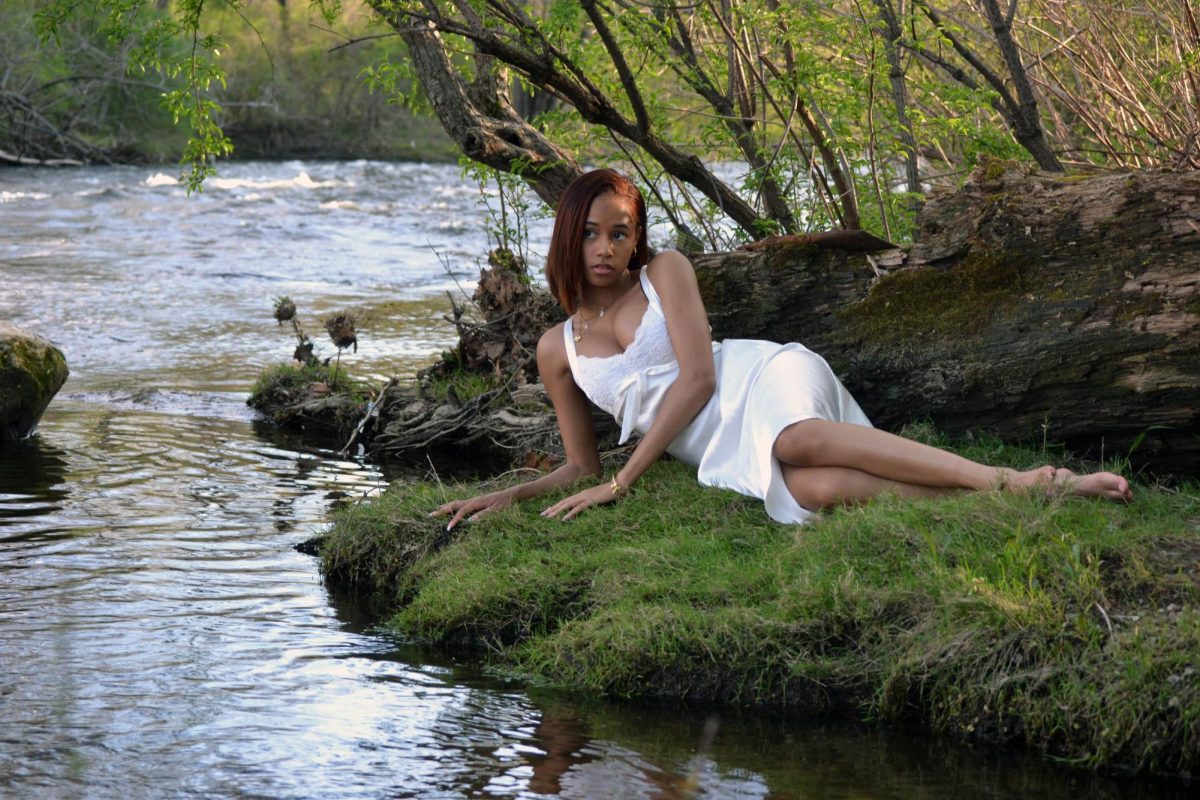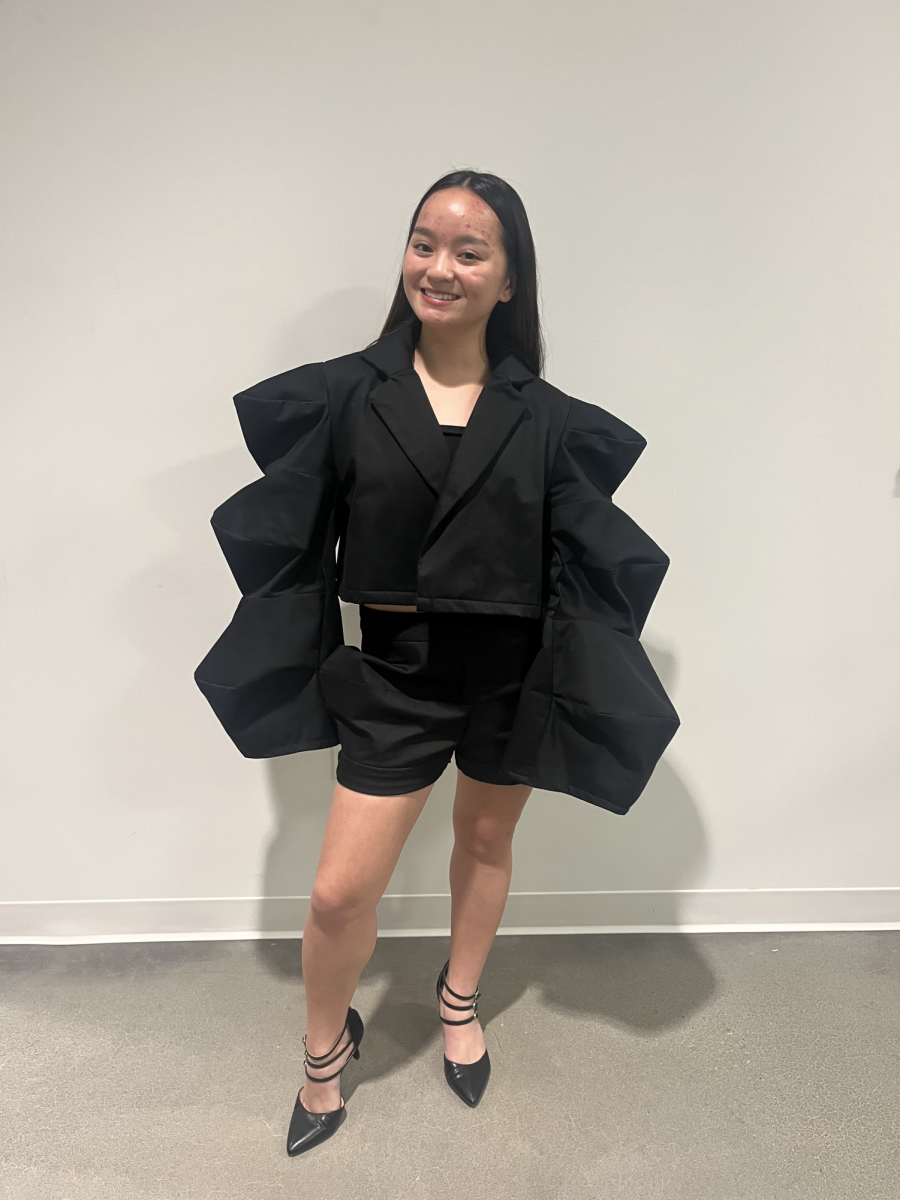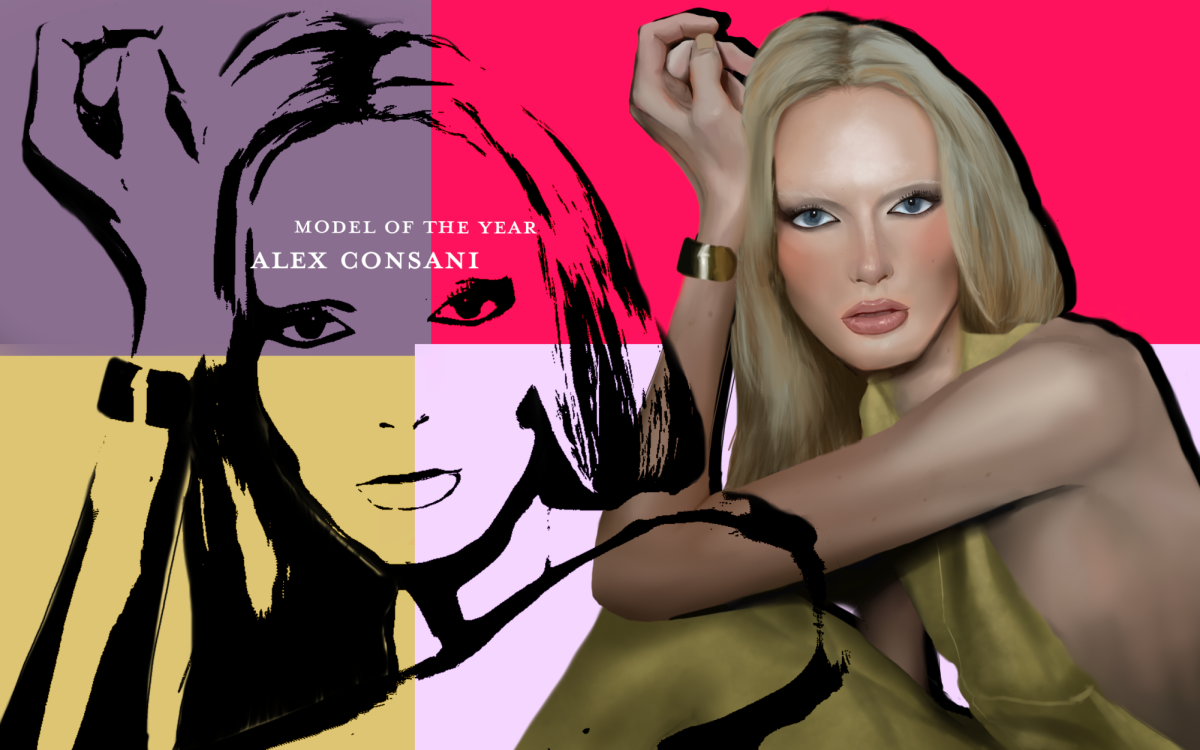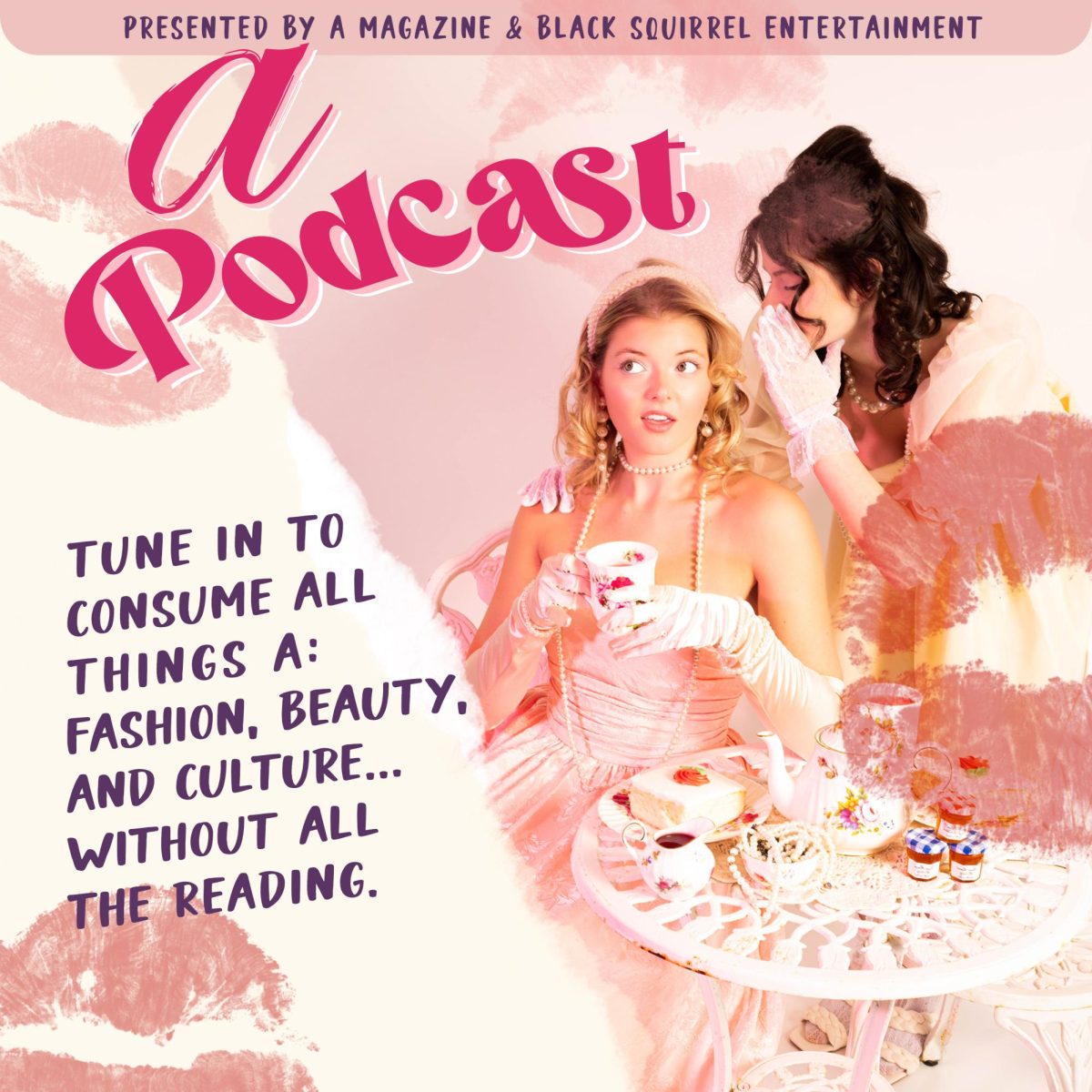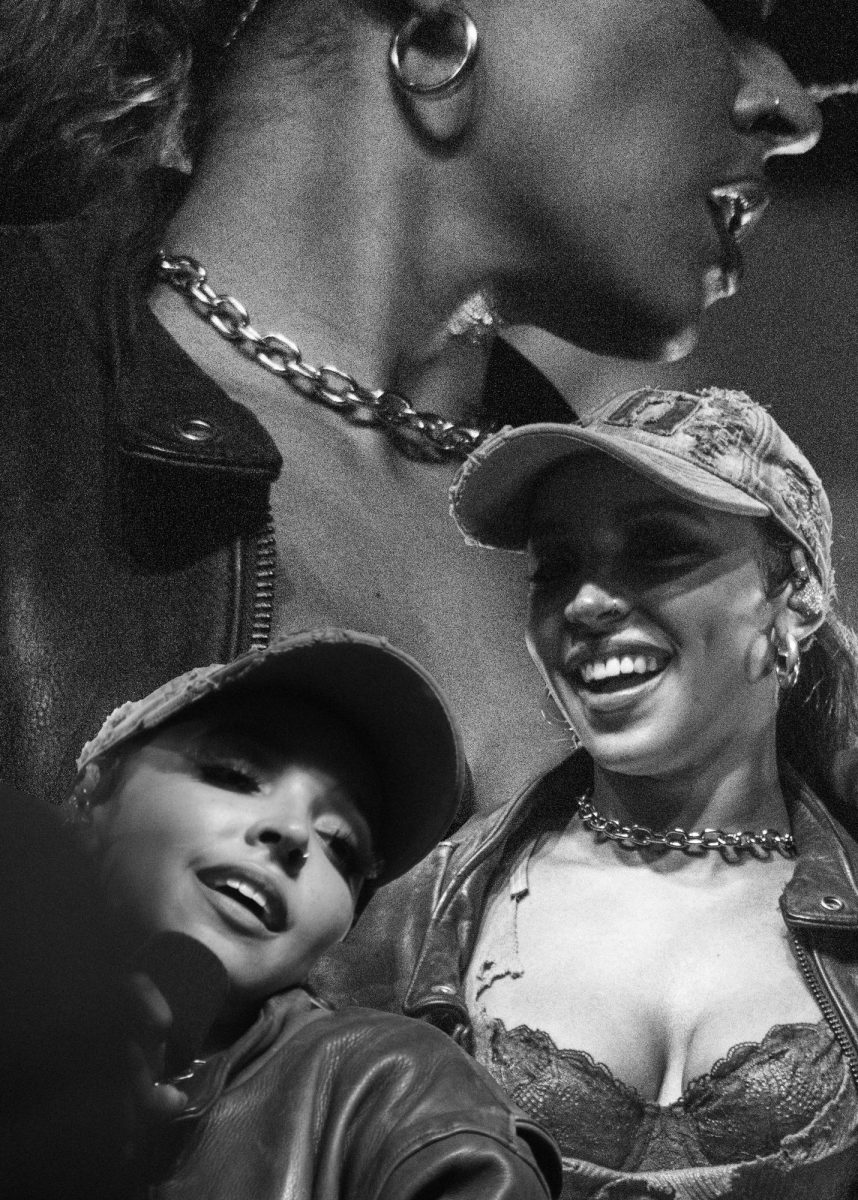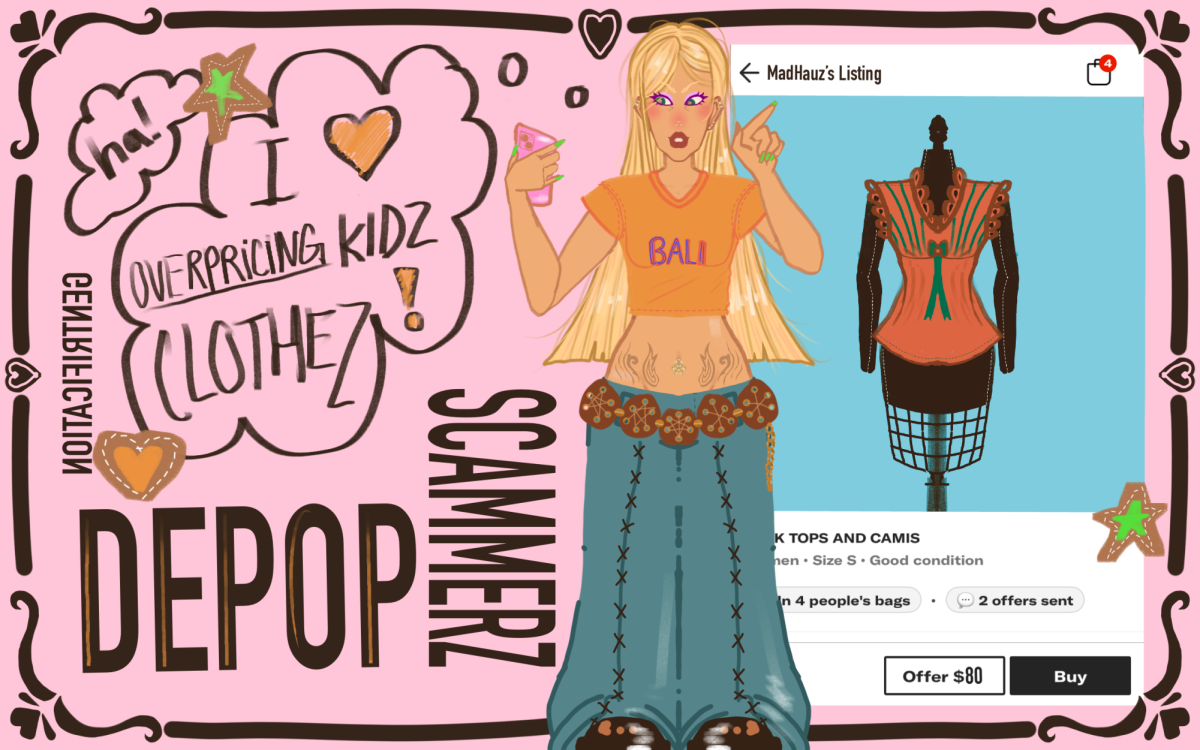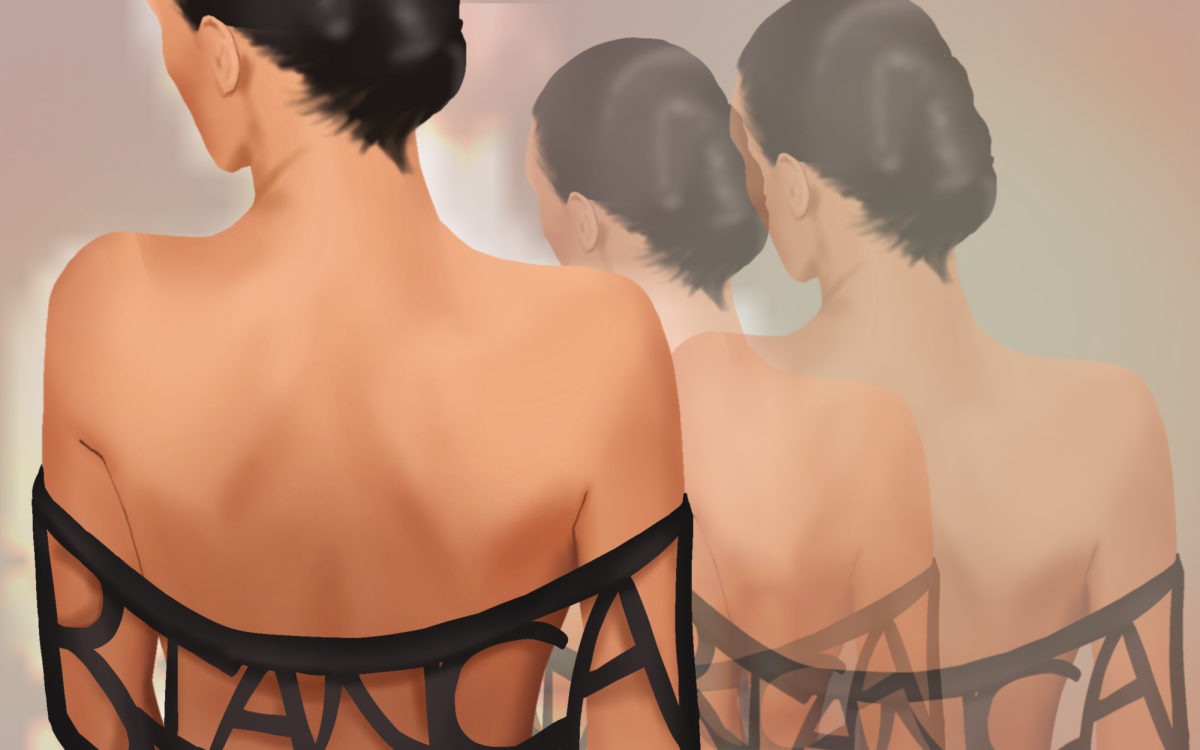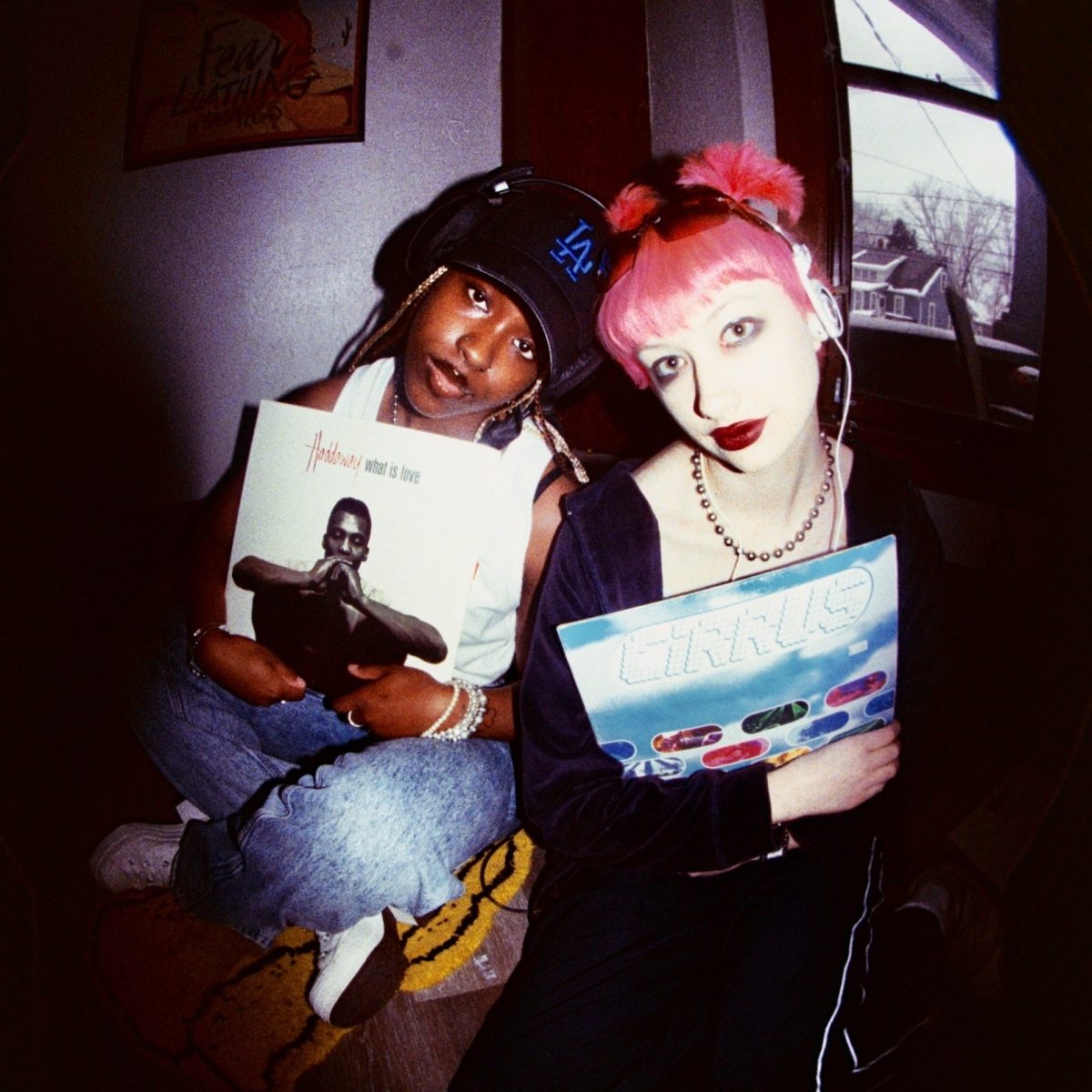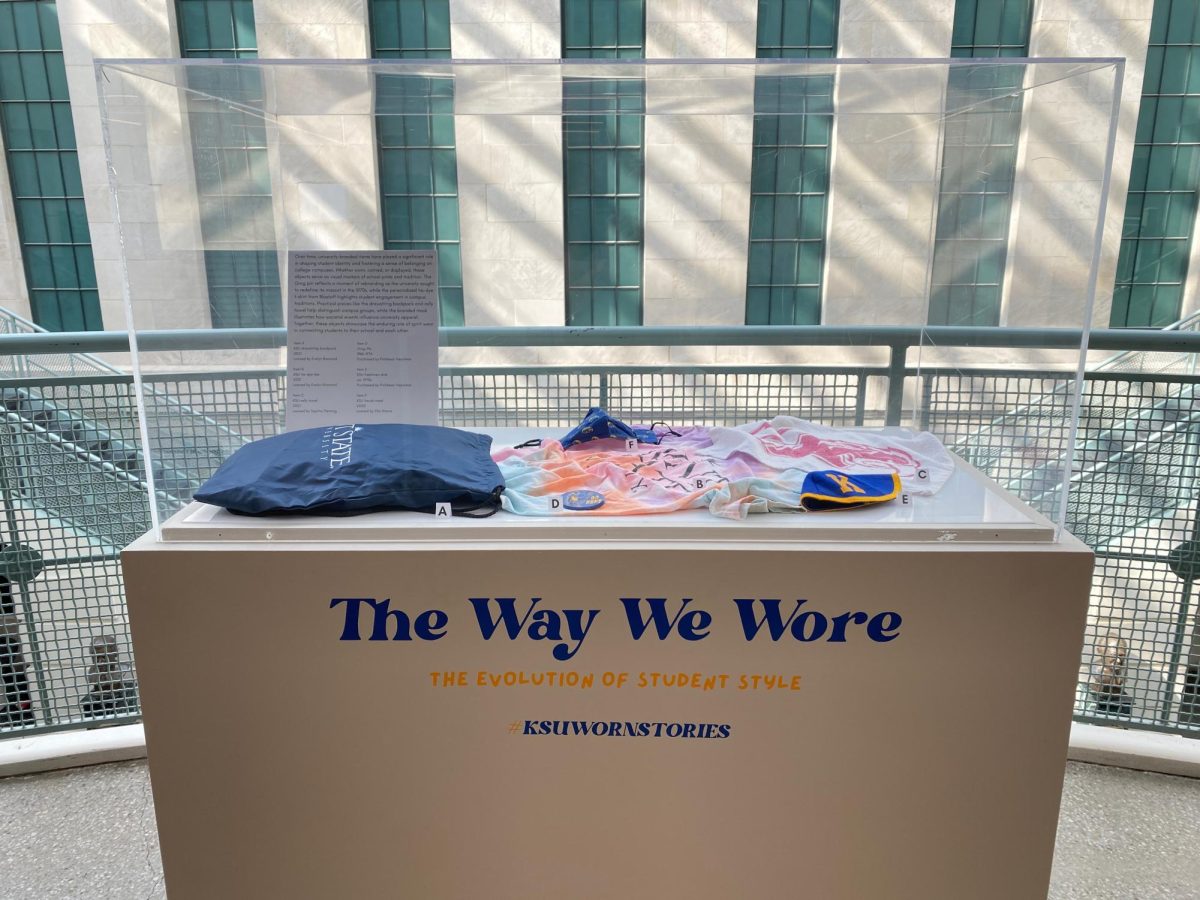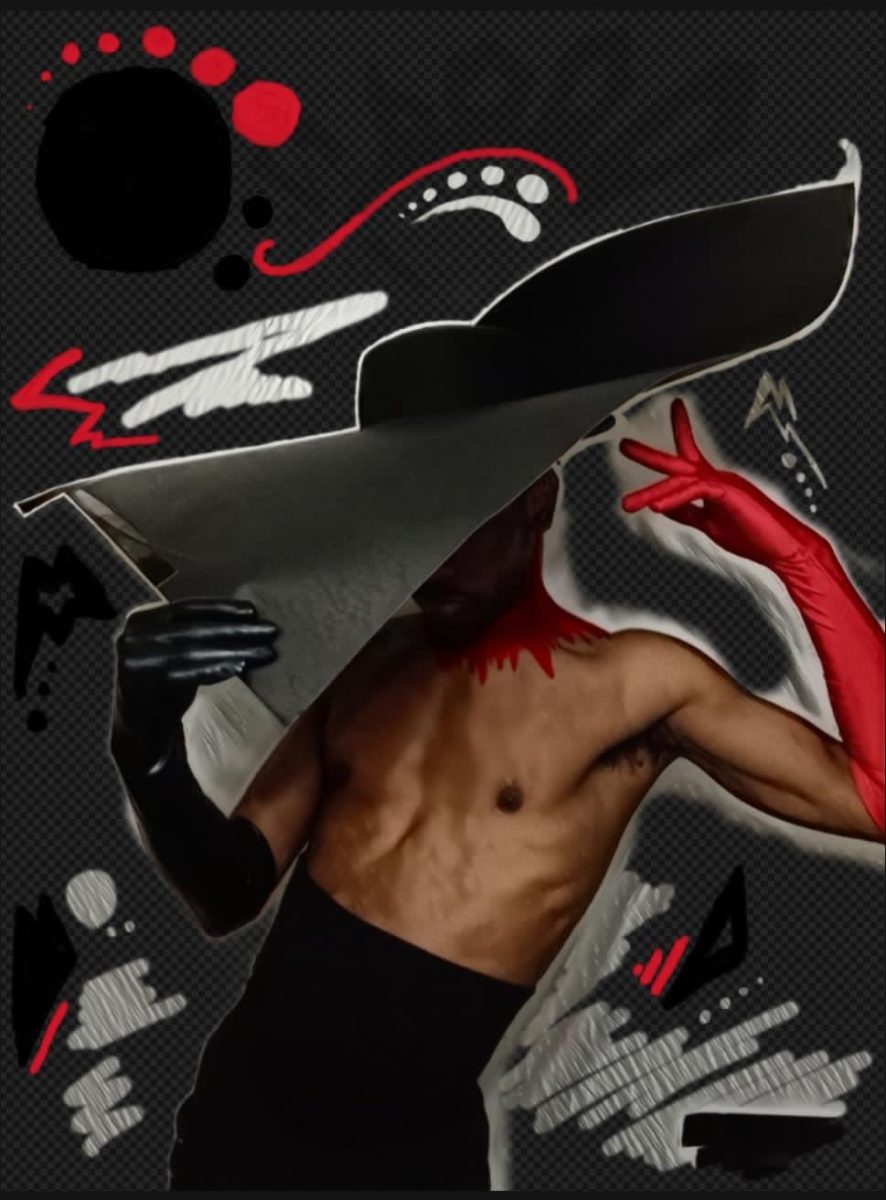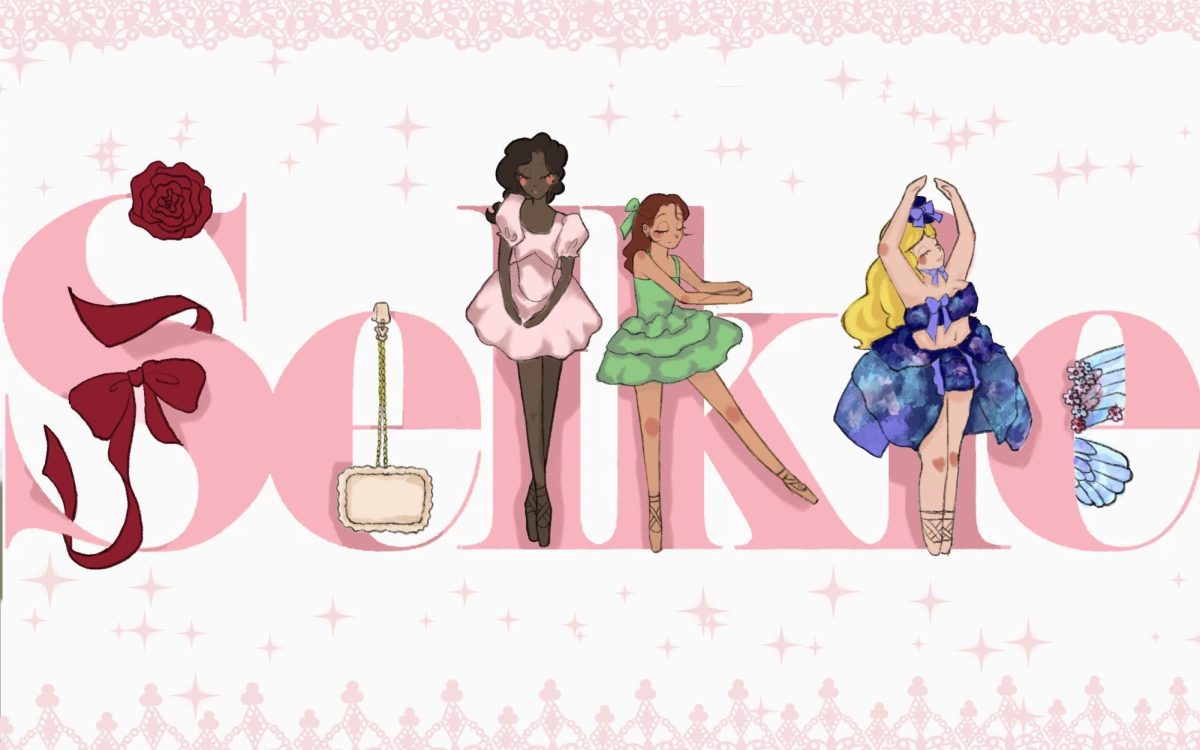In 2018 everything we do is political, from the artists we support to the food we eat. Each choice we make reflects either a stand we have taken or one that we have not. And now, with this, fashion is no exception.
Not only are designers openly considering socially and environmentally conscious practices and designs, examples being Stella McCartney’s extensive commitment to sustainability and Dior’s feminist slogan tops, but women from all walks of life are also redefining “power dressing” in their own terms.
Power dressing is the act of wearing ensembles that convey a sense of professional and social authority, and although some trace its roots to the Renaissance, it is usually associated with the giant shoulder pads and pantsuits of the 1980’s. When women first emerged as true key players in the workforce, power dressing became a way to imitate the masculine energy that was thought to coincide with executive success. Expressing femininity was, historically, not part of the equation.
“Each choice we make reflects either a stand we have taken or one that we have not.”
Unsurprisingly, this idea of evoking power through one’s sartorial choices has evolved immensely in the last 40 years. While some, like Hillary Clinton in her infamous multicolor pantsuits, have stayed fairly true to the original concept, fashion and pop culture have begun to subvert the power dynamics associated with what we wear.
Celebrities and the film industry have slowly but surely widened their portrayal and perspectives on how to convey intellectual aptitude in professional settings. The 1988 romantic comedy “Working Girl” features business women in sport coats and trousers hardly distinguishable from their male counterparts. Compared to movies in subsequent decades, the preponderance of feminine workwear is substantial. In “Nobody’s Fool,” which will be released Nov. 2, Danica, played by Tika Sumpter, is shown strutting into her office space wearing a blazer with a black lingerie-inspired cami underneath, black slacks and stilettos, all while trying to climb the corporate ladder. Without sparing an ounce of femininity, she is able to clearly communicate to the audience her competence.
Lady Gaga recently made headlines when she wore a massively oversized suit to Elle’s annual Women in Hollywood Celebration. When explaining her choice, which featured a plunging neckline and was paired with a dramatic face of makeup, she says “ … I wanted to take the power back. Today I wear the pants.”
In fashion, the reformation of power dressing often comes as a hybrid of classic masculine silhouettes and traditionally feminine influences. Balenciaga’s Spring 2019 RTW show featured suit dresses in magenta and robin’s egg-blue velvet, while Chanel, which has also been credited as an early innovator of power dressing, sent oversized skort suits in pastel rainbow tweeds down the beachy runway. Instead of trying to camouflage effeminate tendencies in dark colors and barracuda shapes, houses such as these have created pieces that embrace the exuberance of the feminine spirit.
That isn’t to say women have complete autonomy in choosing fashion that empowers them; every week it seems there’s a story about schools unfairly dress-coding girls, non-white hairstyles being labeled unprofessional and the lack of pockets in women’s bottoms. But if the leadership of Hollywood is any indication, women might soon be able to feel powerful anyway they choose.

